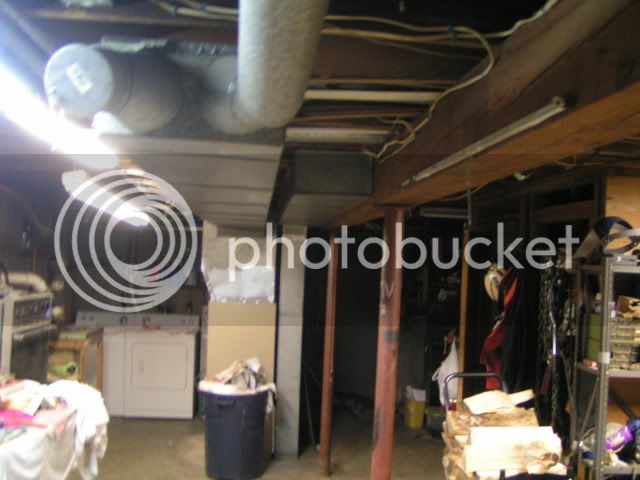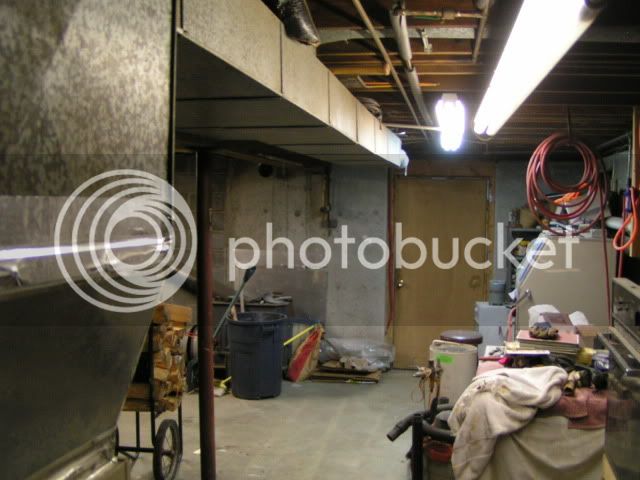I will leave the technical discussion to the experts, as far as being that far from the existing furnace fan. We have an OLD (at least mid 70's)wood furnace, but its located right next to the LP/AC furnace, centrally located in the cellar of older farm house. Turn a couple of air flow diverters, and it sends the air though the wood furnace. We actually get quite a bit of heat rising naturally through the duct work. All the cold air return ducts are on the exterior walls of the house. Warm air ducts are centrally located. Like I said, this is an older unite. The auto draft control on the furnace will automatically close, in the event of a power failure. Fortunate to have generator and transfer panel wired to run the furnace in case of power outage.
This is old, like I say. But it works great, and you can see how close it is to the LP furnace. If and or when it needs to be replaced, I would probably look to the Yukon furnaces, as a replacement.

Gregg,








 :msp_smile:
:msp_smile: